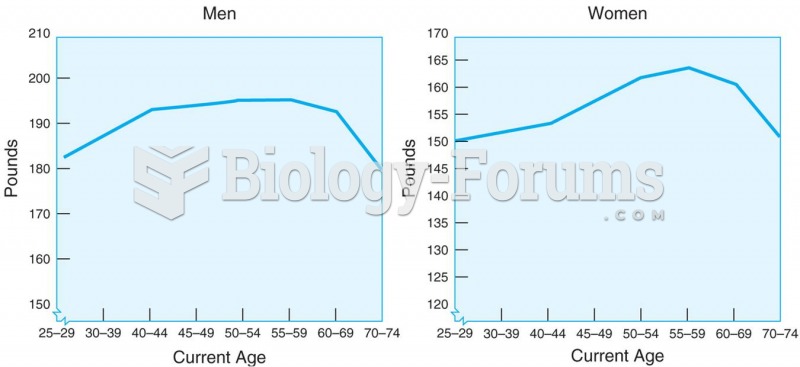This topic contains a solution. Click here to go to the answer
|
|
|
Did you know?
Asthma occurs in one in 11 children and in one in 12 adults. African Americans and Latinos have a higher risk for developing asthma than other groups.
Did you know?
The strongest synthetic topical retinoid drug available, tazarotene, is used to treat sun-damaged skin, acne, and psoriasis.
Did you know?
Recent studies have shown that the number of medication errors increases in relation to the number of orders that are verified per pharmacist, per work shift.
Did you know?
More than one-third of adult Americans are obese. Diseases that kill the largest number of people annually, such as heart disease, cancer, diabetes, stroke, and hypertension, can be attributed to diet.
Did you know?
It is difficult to obtain enough calcium without consuming milk or other dairy foods.
 The family of a soldier in the 31st Philadelphia Infantry camps near Washington, DC. Although both a
The family of a soldier in the 31st Philadelphia Infantry camps near Washington, DC. Although both a
 Grace Service, a YMCA missionary, explained that these porters worked at the base of Mount Omei in S
Grace Service, a YMCA missionary, explained that these porters worked at the base of Mount Omei in S





